This article was inspired by a podcast I heard atPositive Energy,where I have yet to hear a podcast that I didn't want to listen to a second time, so check them out if you're like me and you think listening to building science makes mundane tasks like folding laundry a joy. This particular episode was about phase change building materials (PCMs) and how they can be incorporated into buildings to improve energy-efficiency by harnessing a naturally-occurring physical reality, 'the melting point'.
When looking for commercially available phase change drywall and other building materials, we first came across Thermal Core, a drywall product said to contain microscopic acrylic capsules of a substance called Micronal, a high-purity paraffin wax that melts at 23°C (73°F). In order to make the change from solid to liquid, these beads need to absorb energy from the air. It doesn't appear they are available in North America unfortunately as this would be a fantastic addition to homes that were attempting to reach Zero Net Energy, as it an provide comfort and help balance home temperatures with reduced energy demand for heating and cooling.
With very little testing information available we're not comfortable making claims as to how well this or any other such products work, how long they will continue to work, and whether or not it is cost-effective. But we really love the concept.
There seem to be a few other manufacturers supplying phase change drywall, but none in North America yet. They would be DuPont Energain, Knauf Comfortboard and Alba balance® from Saint Gobain. We cannot advise you as to what their distribution zone is however, but calling the company to ask is how they get the message to widen their distribution range!

That said, here's how phase change drywall with paraffin wax beads works - as the air temperature warms the drywall to the melting point of the Micronal beads, they change from solid to liquid. This process absorbs energy and cools the air of your house. Energy is then stored in your walls, in the form of tiny sealed beads of liquid that used to be solid when your home was 22°C. A lot of unwanted heat is removed from the air to make that happen.
那时候的墙壁不会比现在更热;能量被用来使固相变为液相。这将有助于平衡建筑物内的温度,即使不能消除,也可以减少对空调的需求。这一切都不需要外界的能量输入。
To really wrap your head around this, think back to the days before we had refrigerants. Ice was harvested from frozen rivers in winter, stored, and delivered all summer by horse and carriage to keep the original refrigerators cold, known then as an ice box. The block of ice sucked up the heat in the icebox as it melted, keeping food cold.
Using that example on a larger scale, you could in theory cool your house by having a large chunk of ice in it that absorbed heat from the air; but that wouldn't reduce energy consumption because you would need supplemental energy to cool it again in order to repeat the process. Were ice to melt and freeze at room temperature, that process would cost you nothing. That's the beauty of how PCMs can work in buildings, by having a room temperature melting point.
More on that in a moment, but to backtrack a bit, this builder is about to take some liberties in describing the laws of physics. This could leave some engineers and physicists cringing over terminology and my somewhat freewheeling explanation of the laws of thermodynamics, but I'm going to stick my neck out here anyway.
要意识到的一件事是,真的没有所谓的冷,只有热和少热。在绝对零度以上(-273°C或-460°F),所有的分子都在运动,我们所谓的“温度”只是对它的测量。所以你家的温度计实际上是一个速度计,告诉你空气分子运动的平均速度。
Understanding phase change:
当任何物质冻结、融化、从蒸汽变为液体或反之亦然时,就会发生“相变”。当分子间的化学键断裂或产生时,这个过程会吸收或释放大量的能量。例如,冰会在0°C开始融化,因为它吸收了周围的能量,在整个融化发生的时间内,它会保持在恒定的0°C温度。

Ice molecules are stuck in lattice, but oscillating in a fixed position. Left in a warm environment, those molecules will absorb energy from the air, reducing the velocity of air molecules (i.e. cooling the air). As the molecular vibrations of the ice increases, it breaks the bonds in the lattice, causing the ice to melt.
Only when the ice has completely melted will your newly-formed puddle of water begin to rise in temperature again (assuming it is in a warm environment of course) until the next phase change occurs, when it evaporates. Each phase change absorbs energy from the surroundings, meaning, it makes the air cooler in the process. The principle behind phase change building materials is to take advantage of that process.
所以,如果你家里有什么东西在室温下会改变相位,你可以在一定程度上,调节你家里的温度而不需要额外的能源输入。通俗地说,这可以转化为一定量的免费冷却和加热,因为它具有吸收热量、储存和释放热量的能力。
 |
|
PCMs can keep homes more comfortable by reducing the swing between high and low temperatures of a natural daily cycle © Mindset Online
|
This is not some magic bullet that willeliminate entirely the need for air conditioning in summer; all that energy is still in the building in latent form, and your PCMs would need to solidify before the sun comes up the next day or you will not reap the benefits of another phase change.
This can happen in your home by opening windows at night to expel unwanted heat, but this isn't always a functional solution if you think about office towers with windows that don't open. In such commercial applications though, what it can do is postpone the need for cooling until off-peak hours.
Even just that has very tangible benefits - by shifting the cooling load to off-peak hours, you take much of the burden off the grid during times of peak demand, and in provinces with wildly-fluctuating power rates, you could drastically reduce your cooling costs by having a lot of it happen overnight.
虽然目前市场上这种类型的技术还很少,也不可能保证其有效性,但这是一个有希望的概念,可以也应该进行试验。Wax for example, can very effectively be used as aphase change thermal battery.
The very idea of keeping a building at room temperature no matter the season, is something of an uphill battle against the laws of physics. We can't change or break those laws, but this is a case where we could use them to our advantage.


















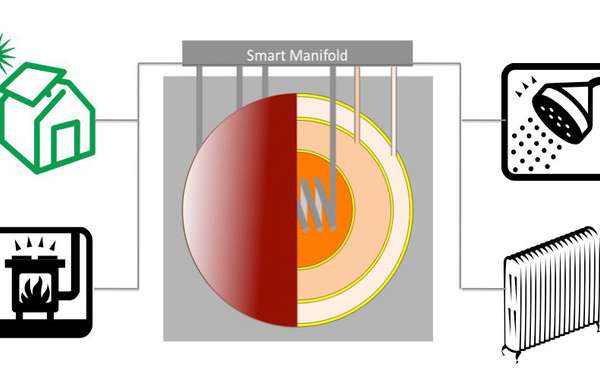

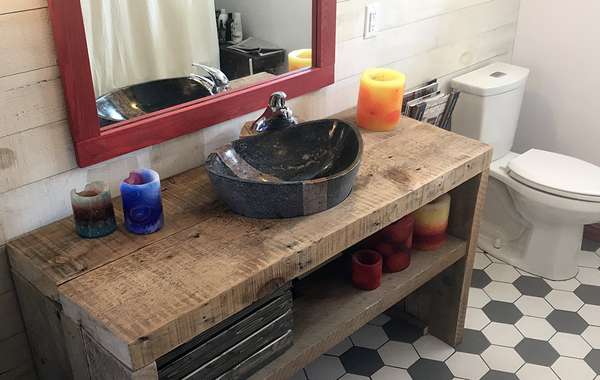
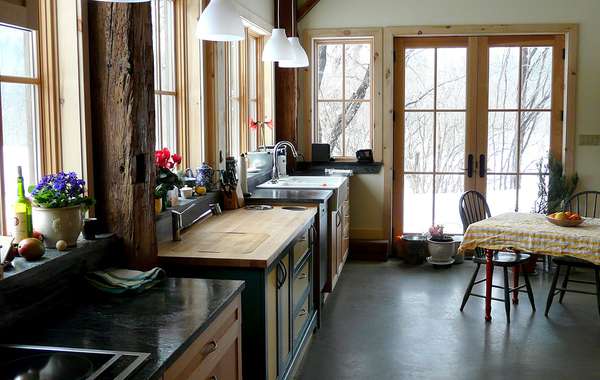
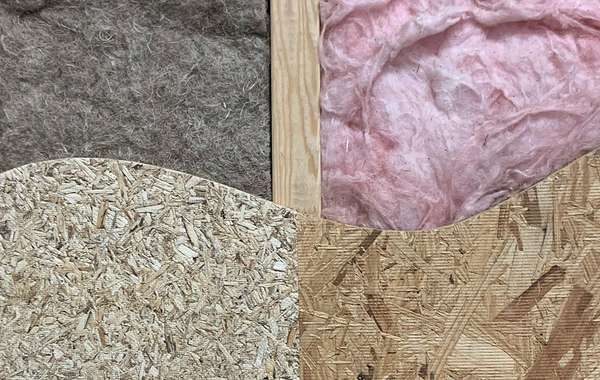
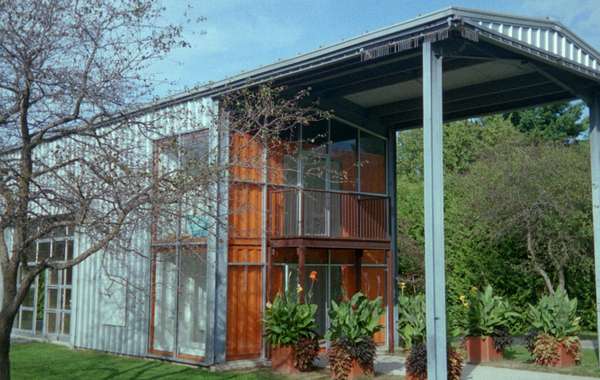
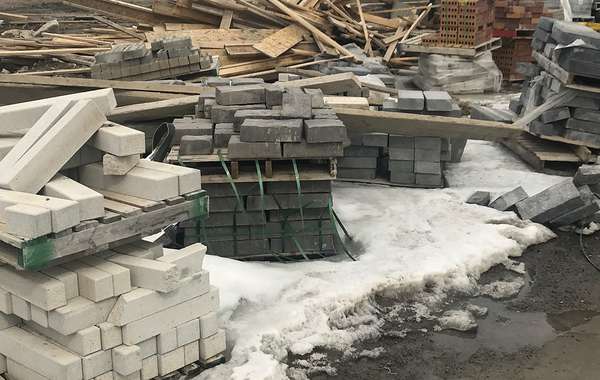
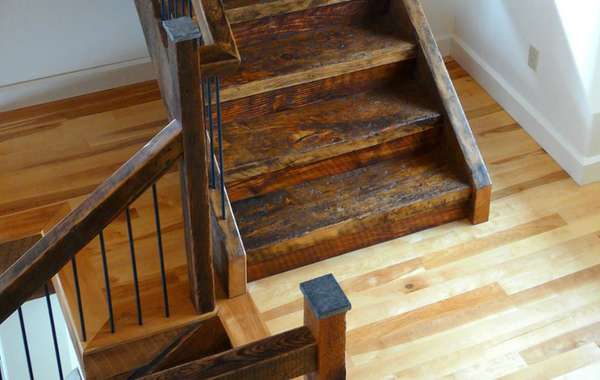

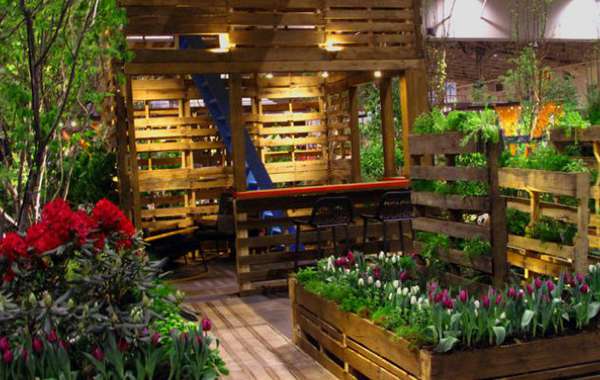
很有趣,以前没听说过!这对美国南部沿海炎热潮湿的气候有何影响?在这里,去除湿气可能是个问题,否则这些墙会“出汗”吗?
Hi Noah,
这是一个非常好的问题,我想你指的是干墙上的珠子。如果是这样的话,你不会在墙上发现凝结,因为它们不会比家里的空气冷。当空气变暖时,墙壁会吸收热量,所以墙壁也会变暖。当空气冷却时,它们会比空气稍热。任何大块的墙壁(如石头、混凝土或砖)可能会有更大的风险作为冷凝表面,如果你确实因为某些原因凝结形成,我会说你有严重的水分问题,你迫切需要一台除湿机。谢谢你的建议,我一时摸不着头脑!欢呼。
Humid warm climates in the US are still using non-phase change gypsum drywall. Gypsum (calcium sulfate salt hydrated with water) is somewhat protected by the paint coating, and it is stable in a wide range of humidity. Its just becomes a waste material if ever saturated.
In regions using this material, how does cost compare to non PCM drywall?
And what are the challenges to distributing/marketing in the USA? Are they regulatory, and if so, are there hazards that can be mitigated in design and construction?